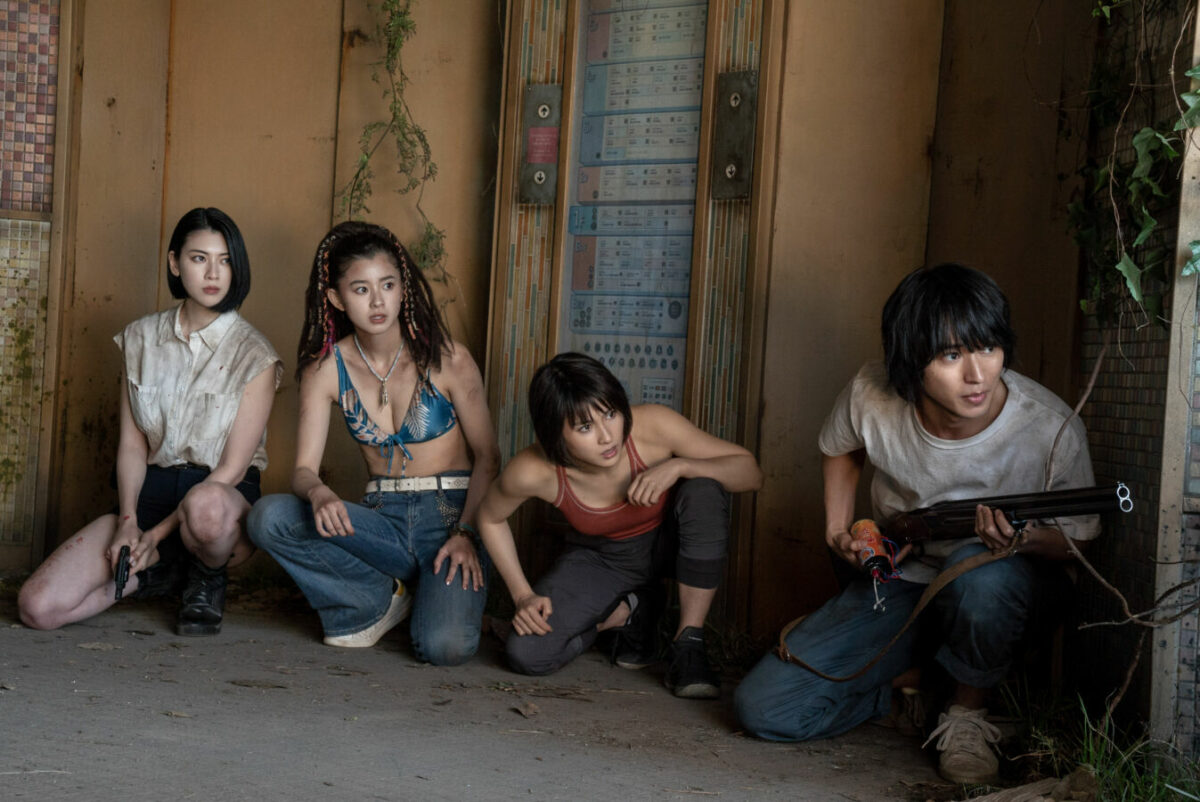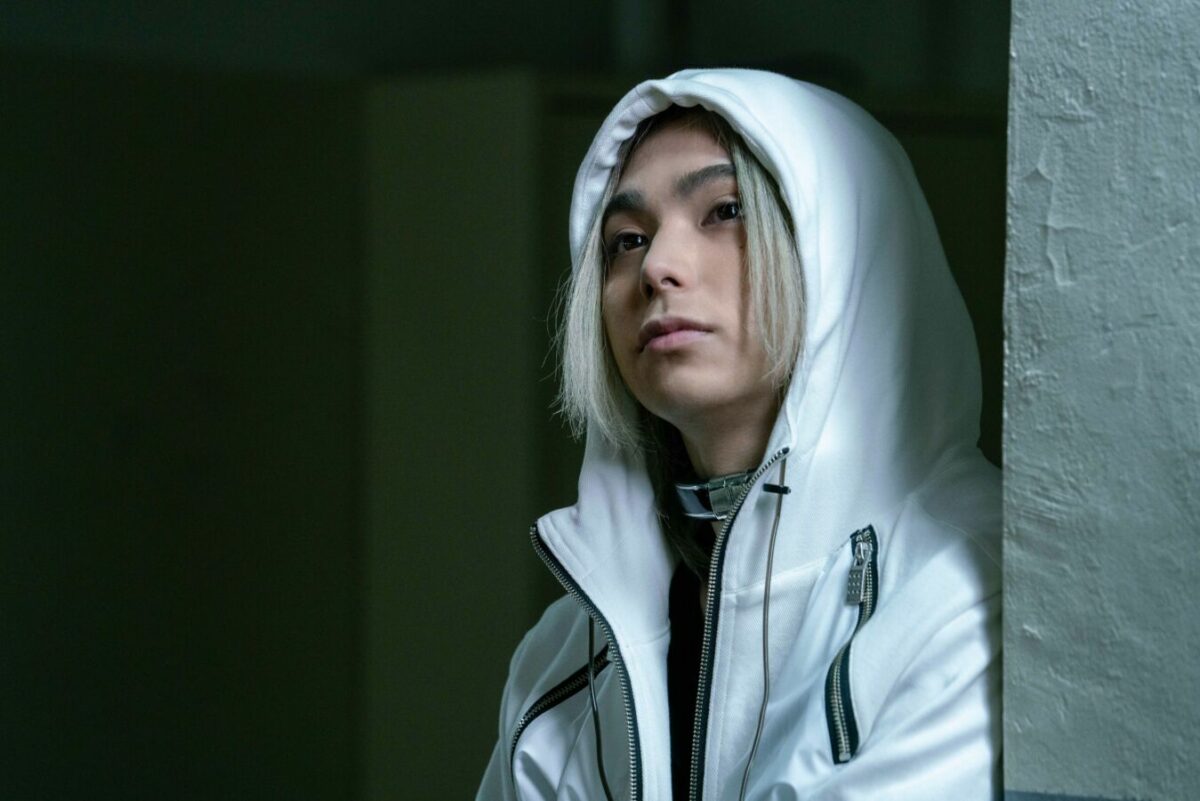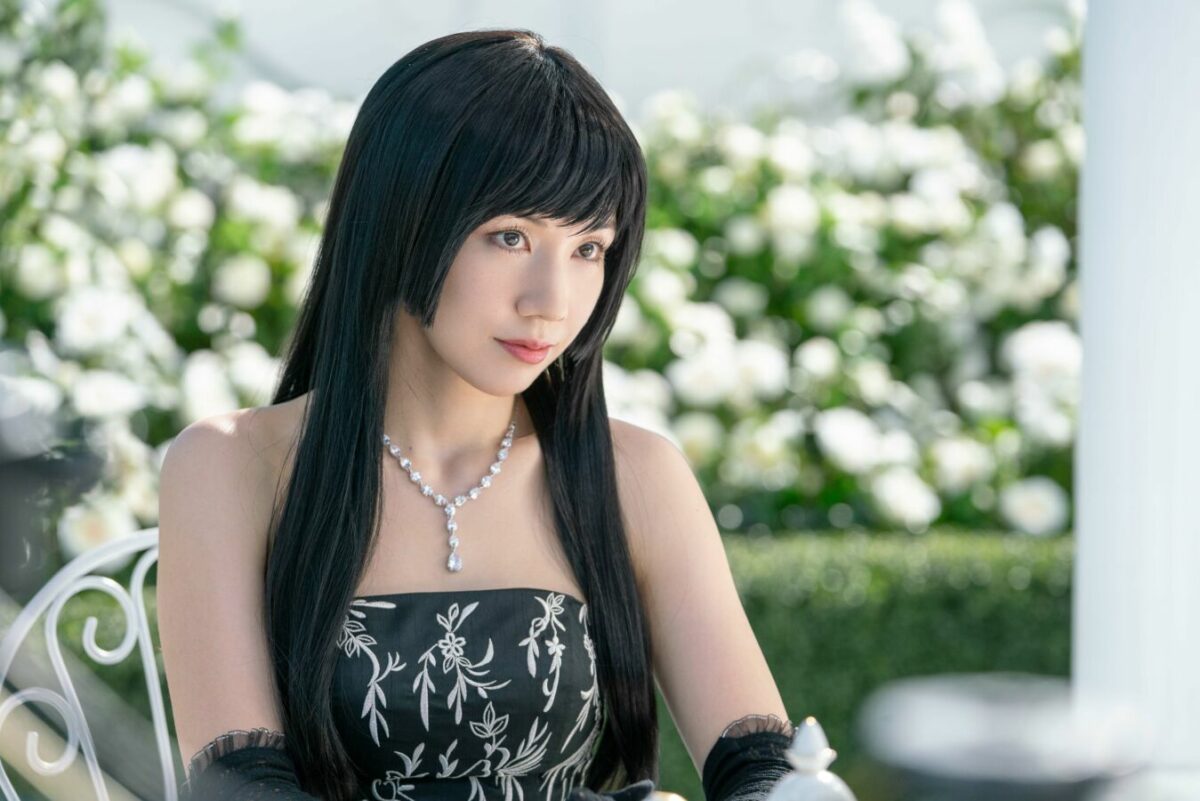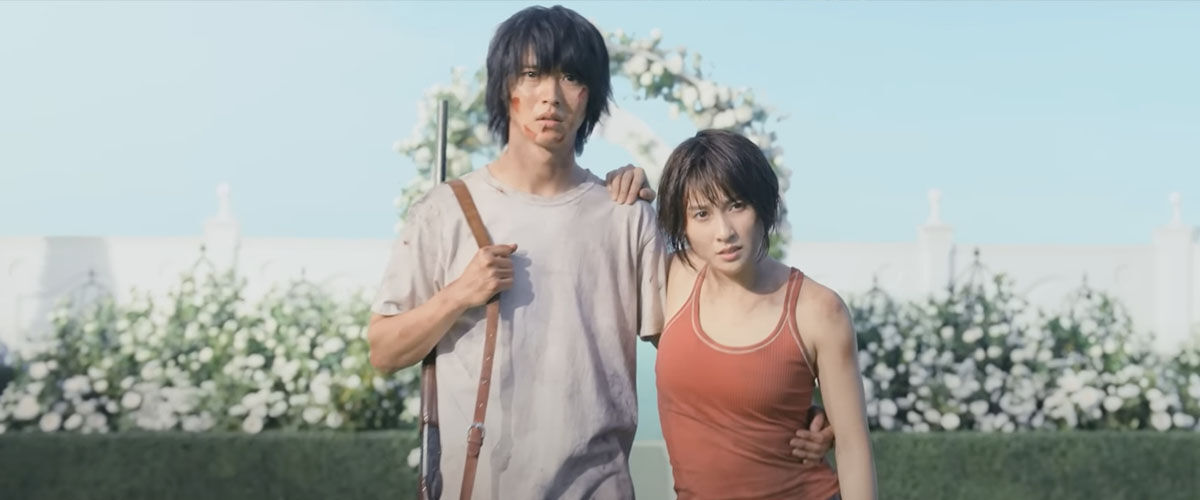The battle royale concept is one that has been executed and repackaged into many forms over the years. The Hunger Games pit children against one another in a compulsory death match, while Battle Royale sent middle-school students to participate in a fight to the death. More recently, Netflix hit sensation Squid Game saw players risking their lives for a prize pool of 45 billion won, once again reinforcing the genre’s enduring popularity.

Alice in Borderland, in a similar vein, shares a lot of the same elements. Bearing traces of influence from Lord of the Flies, the allegorical novel by William Golding, and Battle Royale, to psychological puzzle-focused works like Saw and Cube, the first season transported audiences to an abandoned Tokyo, where individuals are forced to compete in dangerous games. The difficulty and type of each is determined by poker cards and their suite, and those who survive are granted extensions for their “visas” that upon expiry, will result in execution by red lasers shot from the sky.
The second season, returning to the dystopian fold after a two-year hiatus, ramps up the intensity of these games and elevates the stakes to even greater, often terrifying, heights. The series picks up from the ending of the first season, where protagonist Arisu (Yamazaki Kento) and the remaining survivors, Usagi (Tao Tsuchiya), Chishiya (Nijiro Murakami), and Kuina (Aya Asahina) learn about the existence of the “gamemasters”, who are also players themselves, after winning the Witch Hunt game at the Beach.
However, they are later revealed to be dead in an underground lair, and a woman named Mira appears. She introduces a new set of games to collect Face Cards (the Jack, Queen, and King from all four suites), effectively kicking off the second – and final stage – of the survival contest. What transpires then is a high-octane tapestry of individual character experiences that culminates into a thrilling climax and a decent study in character, but not without dipping to some lows along the way.

Going into the sequel, it’s important to catch up on the events that happened in Alice in Borderland. There’s no recap sequence here, with the show diving right into the action and banding familiar characters together almost from the get-go. A shooting massacre takes place a few minutes into the pilot episode, announcing that the Face Card games have begun. The shooter is revealed to be the King of Spades, spurring Arisa, Usagi, Chishiya, and Kuina to run for their lives as all 12 Face Card blimps fly out.
While escaping, the group reunites with returning characters Ann (Ayaka Miyoshi) and Tatta (Yutaro Watanabe), who turn the pursuit into a high-speed car chase. Things quickly kick into high gear (pun intended), and some members end up being split up, forcing them to go their separate ways to clear whatever games they can.
The series thus leaves little room for re-introduction, which means viewers will have to refresh their memory, especially since it revisits several key moments and brings back some familiar faces from the first season. Like before, the second season of Alice in Borderland deviates quite a fair bit from Haro Aso’s manga of the same name, and it’s a commendable effort that at times, falls short of sticking the landing.

The devil is in the details – the overarching narrative and worldbuilding elements are mostly faithful to its source material, but some changes have been made to the roster. For instance, the character of Hayato Dodo has been completely removed, while a small boy has been added to the participant list for one of the games in the live-action version. The order in which some of the games take place is also slightly different, although that doesn’t really affect the outcome much.
The additional scenes are more of a mixed bag. Where some sequences accentuate the characters’ desire for a sense of normalcy in a desolate world, others either feel out of place, shoehorned into the story to create unneeded drama, or dragged out to make the episode feel longer.
There are a few of these extended moments that do inject more personality into the characters, though, and in different ways. The Queen of Spades challenge, mentioned only in passing in the manga, brings out the heart that Usagi has buried within her, whereas the Jack of Hearts game is quick to show Chishiya’s intelligence and wit; in the original, he didn’t participate in the game.

On the note of characterisation, the second season of Alice in Borderland still falls into the same trap of having too many cooks that spoil the broth, but does a better job at fleshing out the cast than the first. Here, viewers get to witness Usagi’s growth from a cautious, closed-off individual to one who slowly opens up, with the backstories of side characters like Chishiya and Tatta also revealed. The moments that call for teamwork are easily one of best displays of the dynamics between different personalities, and it’s nice to see the characters back in action.
More notably, it’s the portrayals of the Face Card characters that further lends a human element to the overarching sense of desolation and despair that the show conveys. While the games are ultimately a study in human nature, some of the spearheading figures prove to be multifaceted themselves, injecting more depth into the villainous or even sadistic personalities that their role suggests them to be.

It’s also during these moments in the games that the show continues to examine real-world topics, such as the value of human lives, the purpose of living, and the inherent selfishness of mankind. The second season delves into the discussion as early as the first episode, even if it can sometimes be a little too in-your-face.
In fact, this element of inconsistency is present throughout the Alice in Borderland sequel. The script is nothing to write home about, but there are cases, particularly in the last episode, where it very nearly lives up to the promise. Certain characters are less developed than the others, while the pacing can be rather erratic, especially between episodes, which can range from 47 minutes to an hour and 20 minutes. At best, the runtimes are comfortable; at worst, the episodes either pack in too much and leave out the finer details of certain revelations, which can affect the viewer’s understanding, or feel too long.
Occasionally, the unfolding of events, particularly for the extended game scenes, feature too many cliche moments and tropes, and the characters’ victories can come across as overly convenient, though the show cannot be faulted for sticking to the source material’s approach. Even the CGI suffers here – the effects are a decent spectacle for the most part, but sometimes don’t gel well with the setting, taking on an unnatural quality like in the second episode.

The thrill factor and on-screen chemistry would be one of the more consistent parts. As a thriller, the second season of Alice in Borderland doesn’t disappoint with its action sequences, delivering exciting chases, dynamic camera angles, and heart-pumping fight choreography. The only issue is that it’s easy to forget that the human participants aren’t superheroes with special powers, because they can live through the excessive blood loss stemming from multiple gunshots and stab wounds. It’s unrealistic by a long stretch, and could do with a bit of toning down.
The physical thrills are complemented by the toll of mental games, which offer exhilaration in another form. Scheming, manipulation, and deceit take centre stage here, and the resulting battle of the wits is often an enjoyable watch. Just like the first season, the series doesn’t shy away from brutal death, shocking violence, and blood-soaked victories (or losses), of which there are plenty to go around.

It’s the acting cast that breathes life into Alice in Borderland, however, and most have done a great job – newcomers or otherwise. Tomohisa Yamashita (otherwise known as Yamapi) is convincing as the easygoing nudist King of Clubs, and Riisa Naka impresses with her interpretation of the enigmatic and terrifying Queen of Hearts. Yamazaki can be a little stiff as Arisu at times (and it’s unclear if these instances are intentional to convey Arisu’s awkward nature), but Tsuchiya and Asahina have grown into their roles proficiently.
At its core, the second season continues to honour its dystopian thriller roots, and once again demonstrates the brutal-yet-enrapturing appeal of the battle royale genre. It introduces some novelty into the setting, characters and narrative previously established by its source material to mixed results, but this bold approach also offers a platform for certain characters to grow. Inconsistency is easily its greatest pitfall, but fortunately, a handful of other factors manages to cement its spot as one of the more enjoyable Japanese dramas that’s of its kind out there.
Alice in Borderland Season 2 hits Netflix on 22 December 2022.
GEEK REVIEW SCORE
Summary
Alice in Borderland Season 2 has enough charm to enthrall returning fans, but lacks the narrative polish and story direction to fully bring out its potential.
Overall
7.3/10-
Story - 7/10
7/10
-
Direction - 7/10
7/10
-
Characterisation - 7.5/10
7.5/10
-
Geek Satisfaction - 7.5/10
7.5/10













